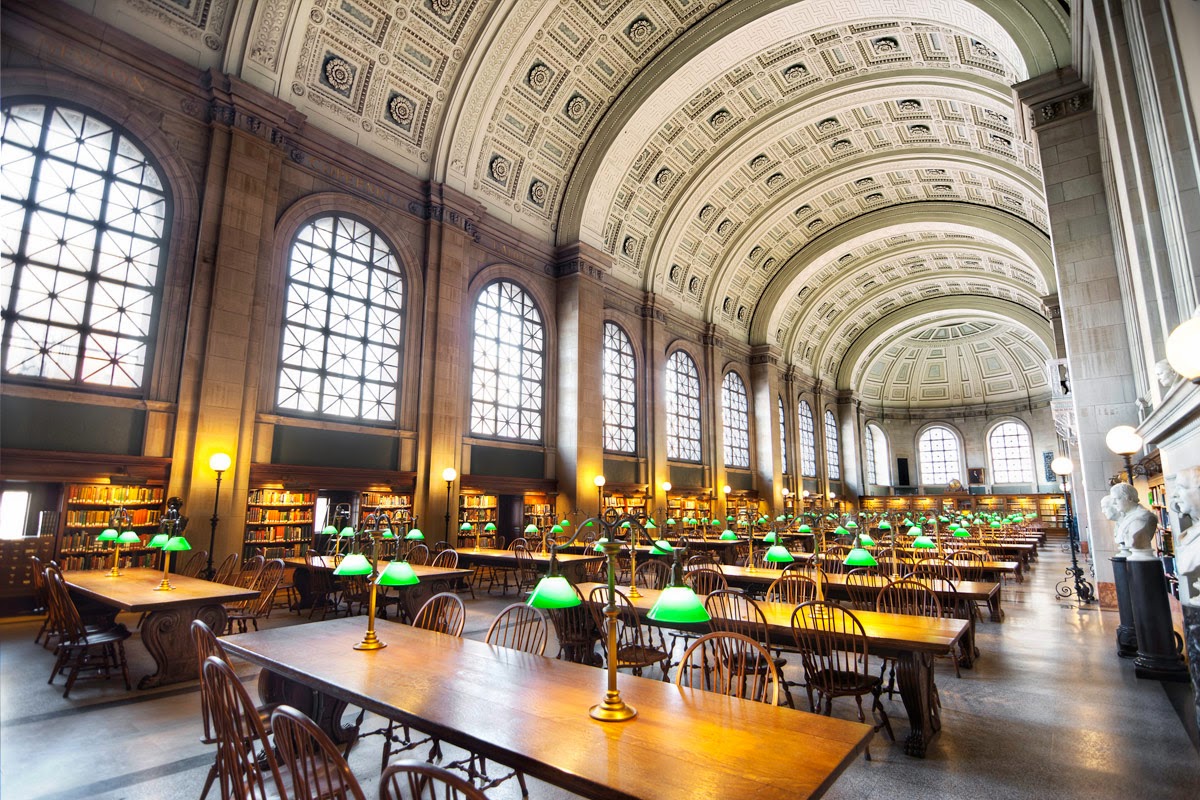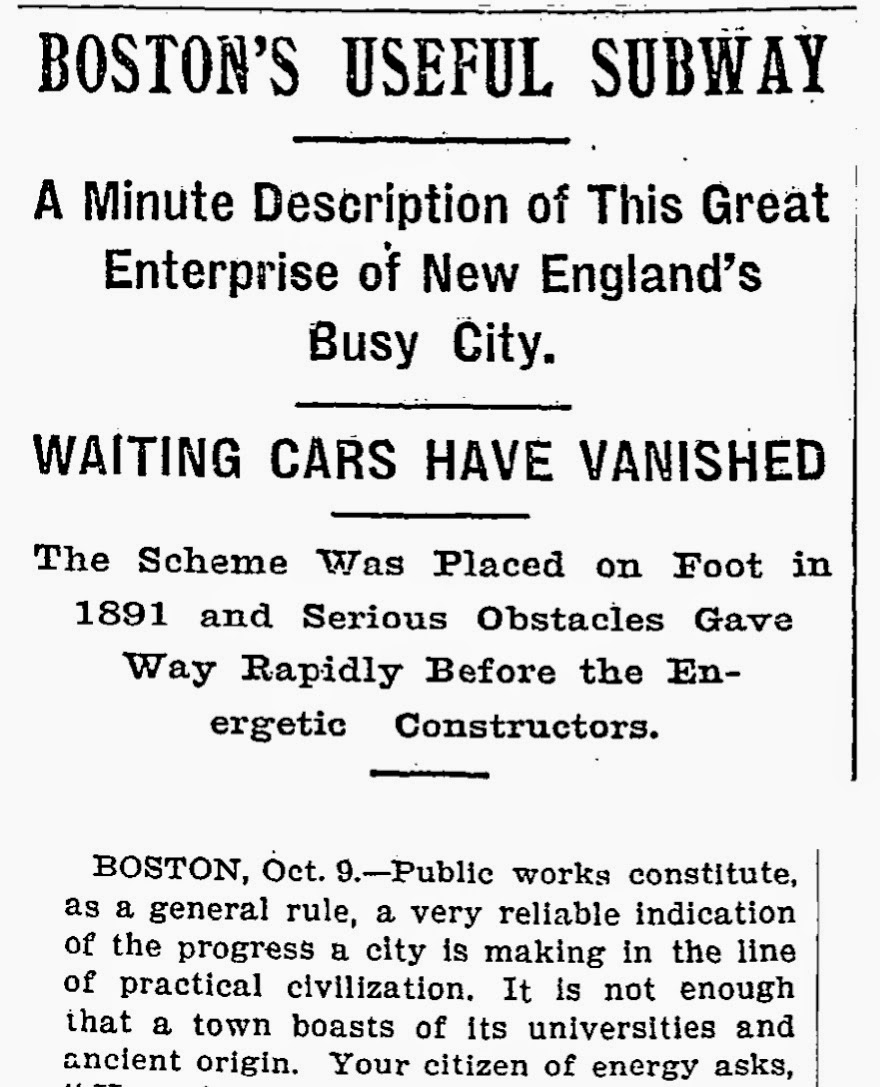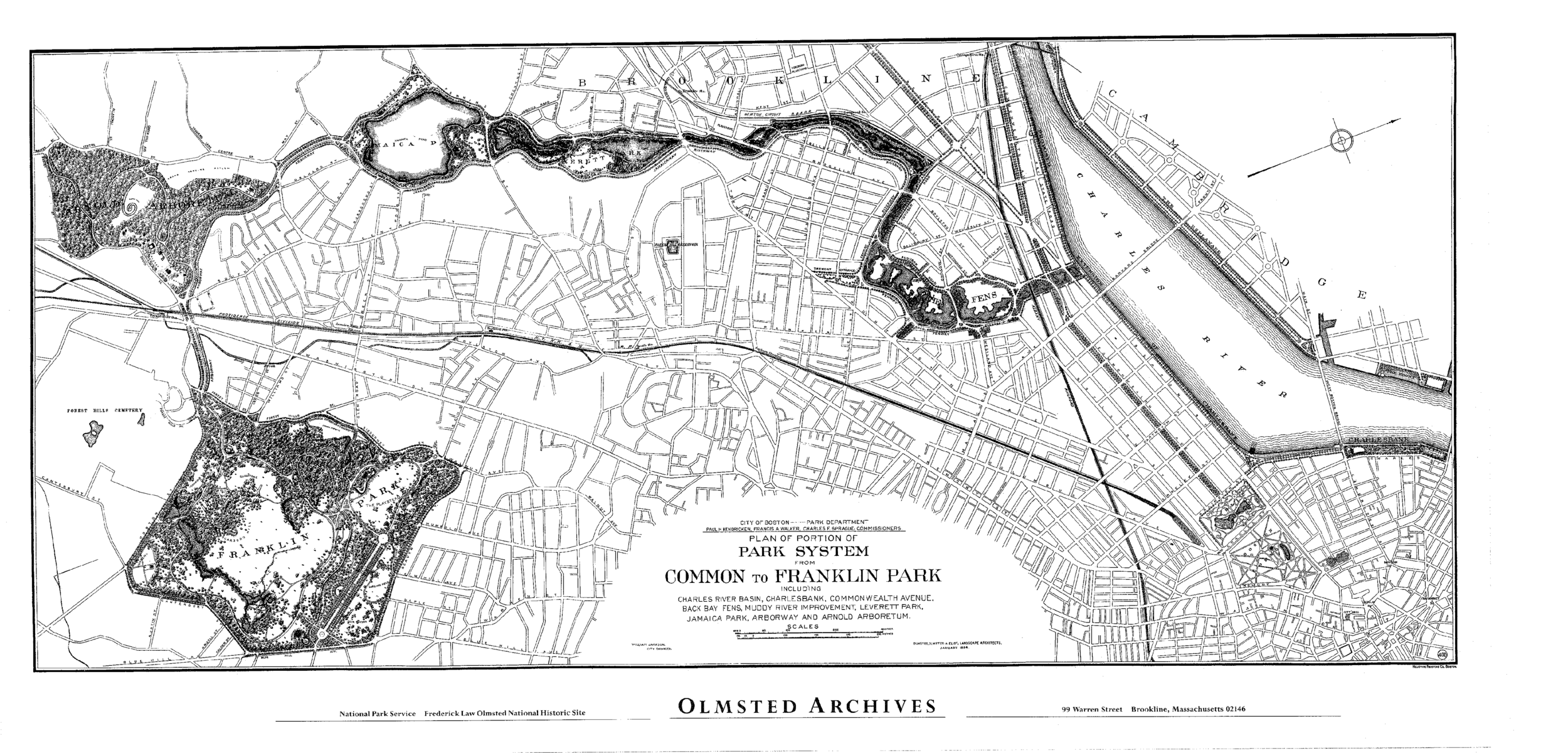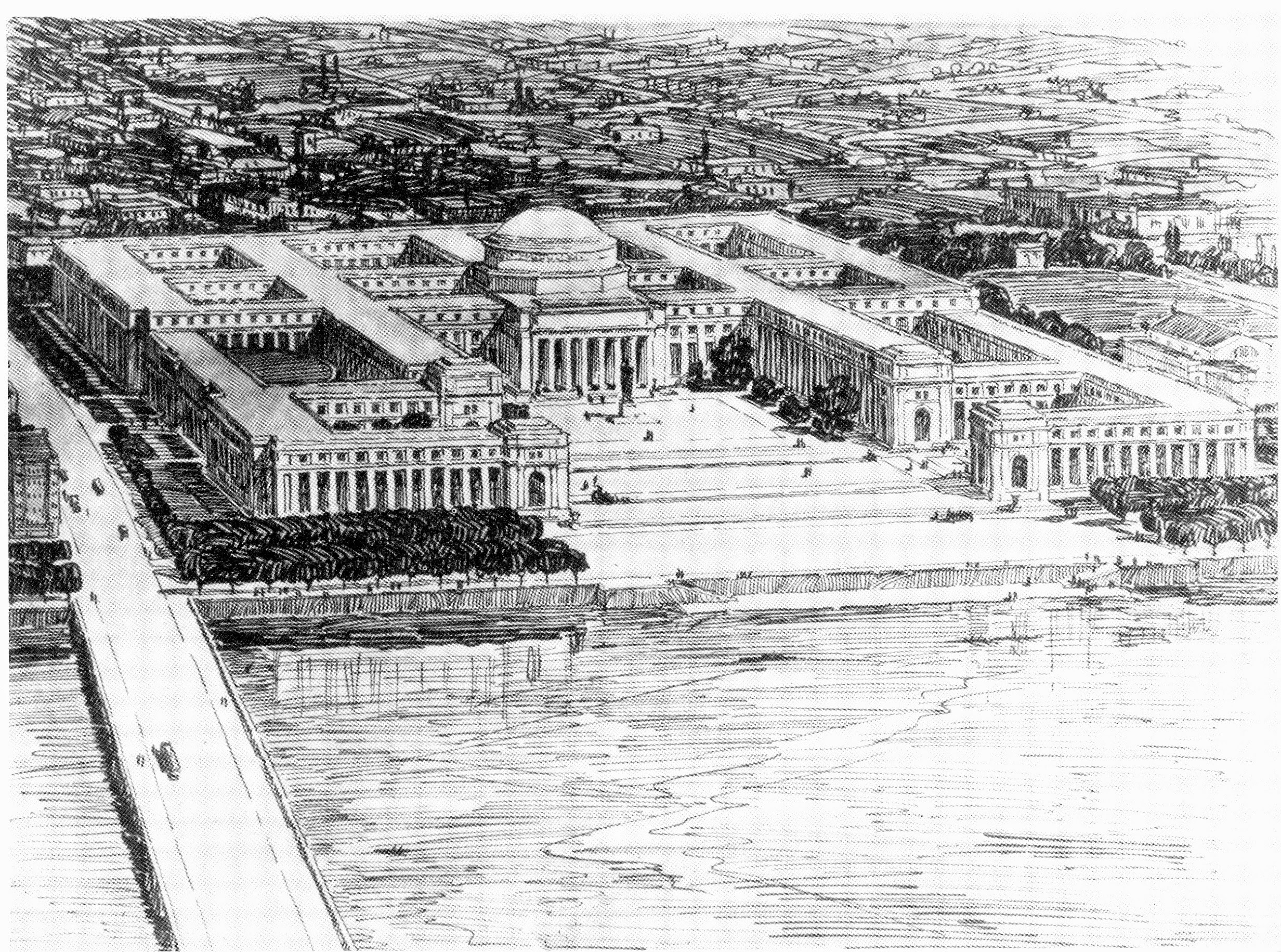A Legacy of Bold Investments
As Boston approaches its 400th anniversary in 2030, it is worth considering the legacy of bold and wise investments we have inherited from prior generations. Many of the treasures that make Massachusetts special and prosperous are remarkable not just for their enduring value, but for the sheer boldness of their original conception. When we built the longest rail tunnel in North America to link our economy to western markets, filled the Back Bay, founded our great universities and built the first public library and subway system in America, we were not just keeping up with our peers, we were leading the pack, and much of our current prosperity has its roots in that legacy of leadership.
Back Bay Boston; Boston's Back Bay was created on a formerly tidal estuary from 1857 until the early 20th century. [© Alexey Sergeev]
Over the course of 50 years, a polluted backwater was transformed into one of the world’s premier neighborhoods and a cultural and economic cornerstone of our city.
The Boston Public Library is not just a beautiful library, it is the product of a revolutionary idea brought to fruition when all other cities considered it impractical. New York followed our example a few years later, and a wave of library construction spread across the nation from the seed planted here.
Bates Hall in the Boston Public Library; George Ticknor began working to establish a public library in 1826. The legislature endorsed the idea in 1841 and it came to fruition in 1854. The far grander McKim Building, raised by public subscription, opened in 1895. [© Andrew Marston]
New Yorkers also watched with wonder and envy as Boston’s subway opened years ahead of its their own, and our traffic disappeared.
Cross Section through Park Street Station
The notion of urban parks linked in a continuous necklace reaching from the urban core to the forested periphery was by any account a radical and immodest vision, but Boston seemed to welcome such bold visions, and we are the better for it.
Drawing of the Emerald Necklace park system, from the Common to Franklin Park, January 1914
The notion of damming the Charles, to create acres of water surface and miles of waterfront parkland (and valuable real estate) must once have seemed extravagant and impractical, but challenges were overcome, it was planned and built from 1892-1910, and we wouldn’t recognize ourselves without it.
Back Bay and Charles River, Boston, MA
Boston led the nation in the creation of great public and private institutions, including the great hospitals, museums, and universities, not least the publicly chartered Massachusetts institute of Technology, which remain key foundations of our economy to this day.
MIT in 1913 [MiT Museum]
Click on arrows on either side of the picture. Read along at the bottom of each picture.








